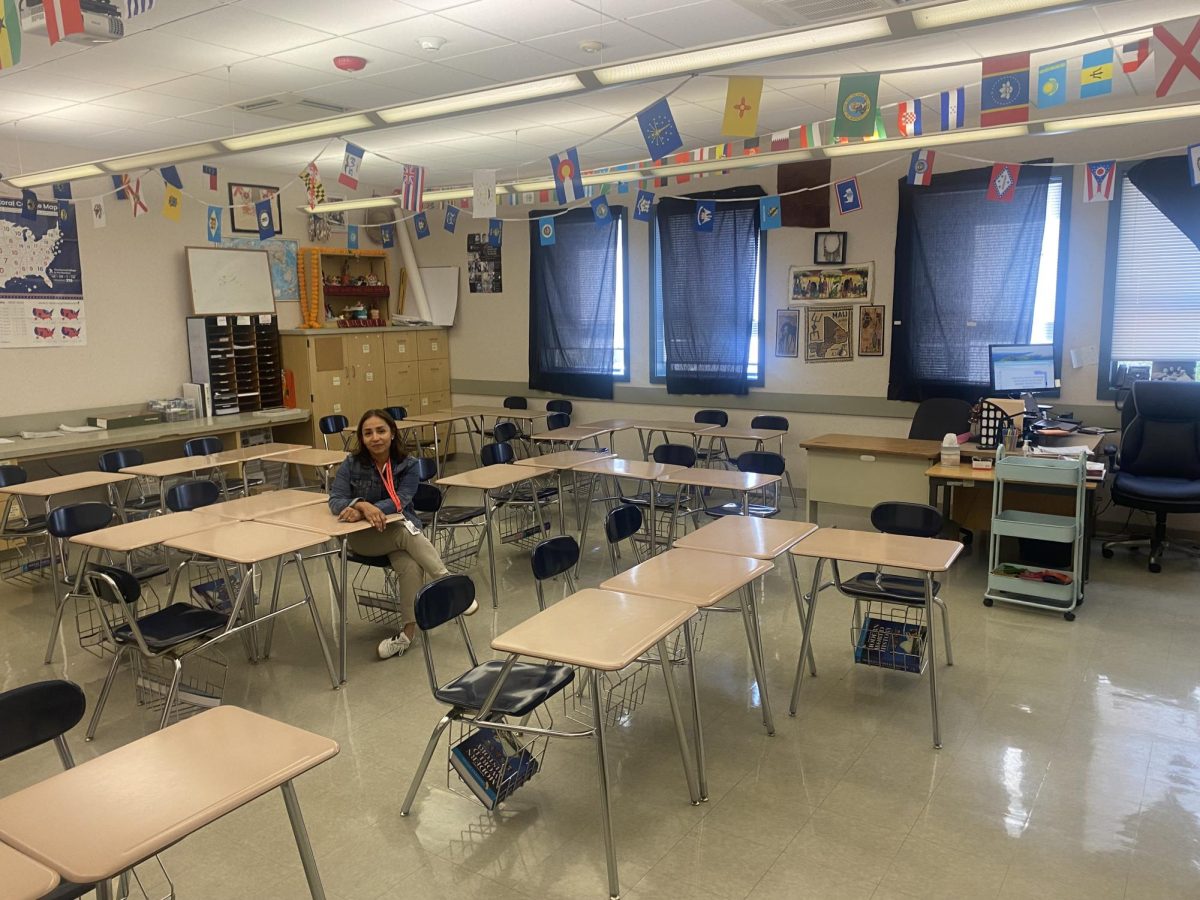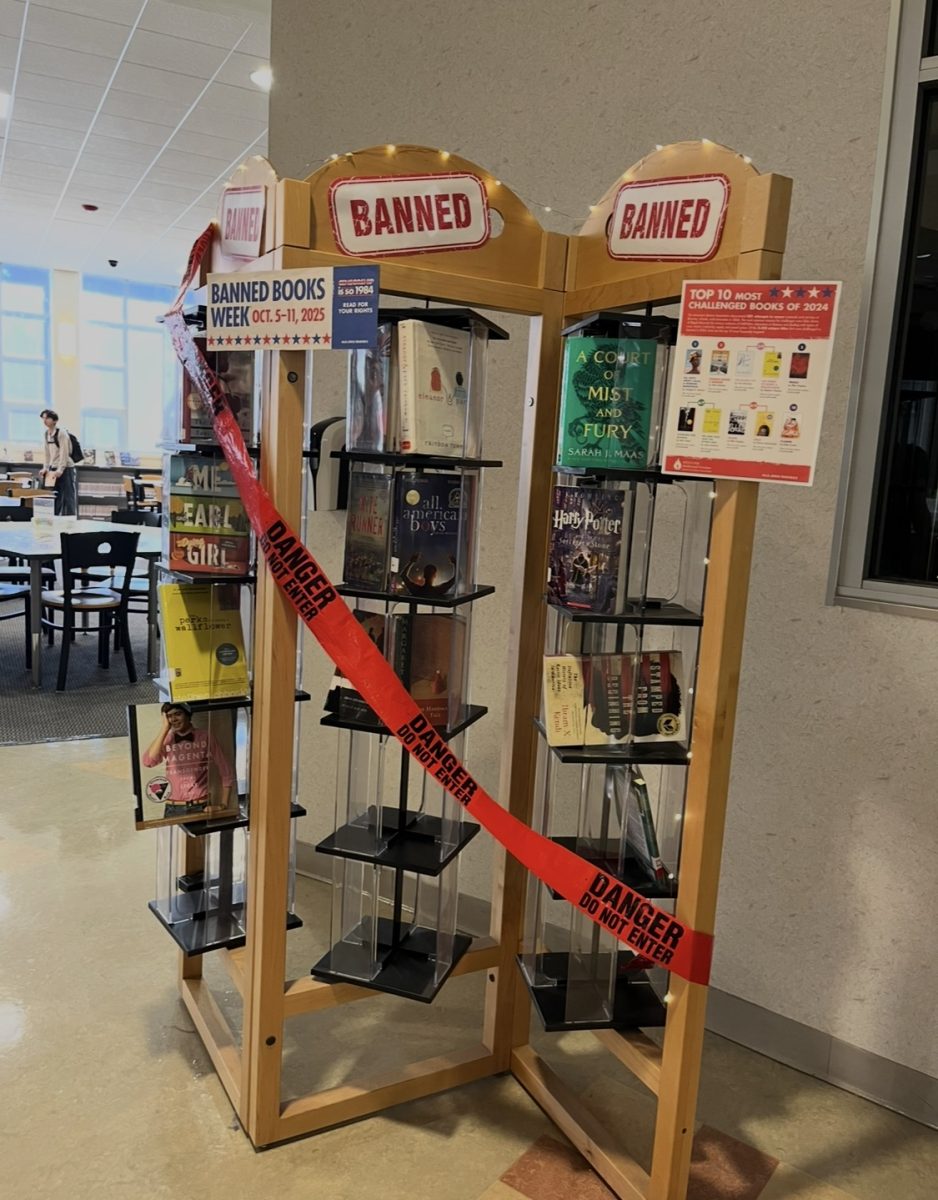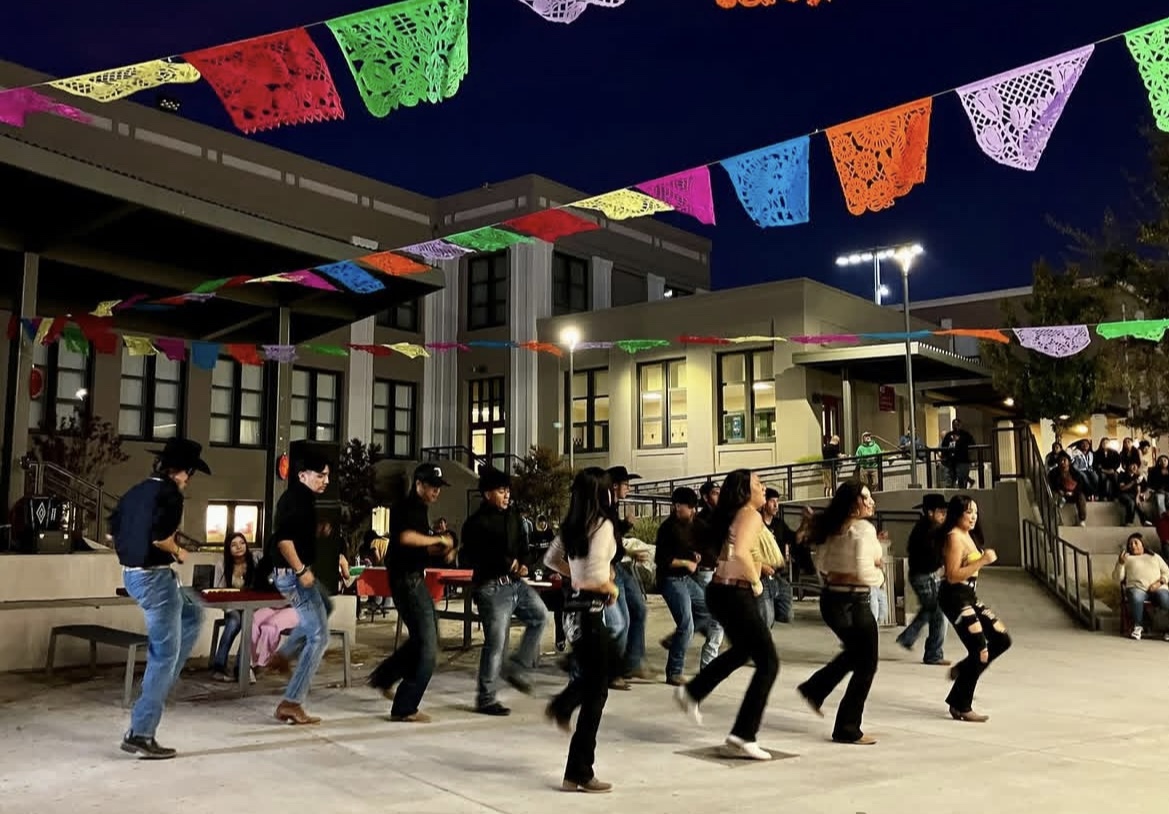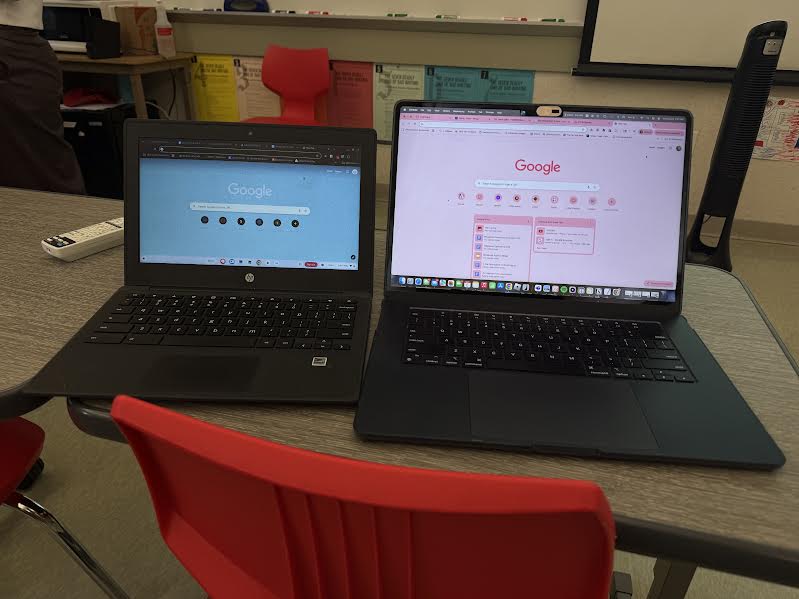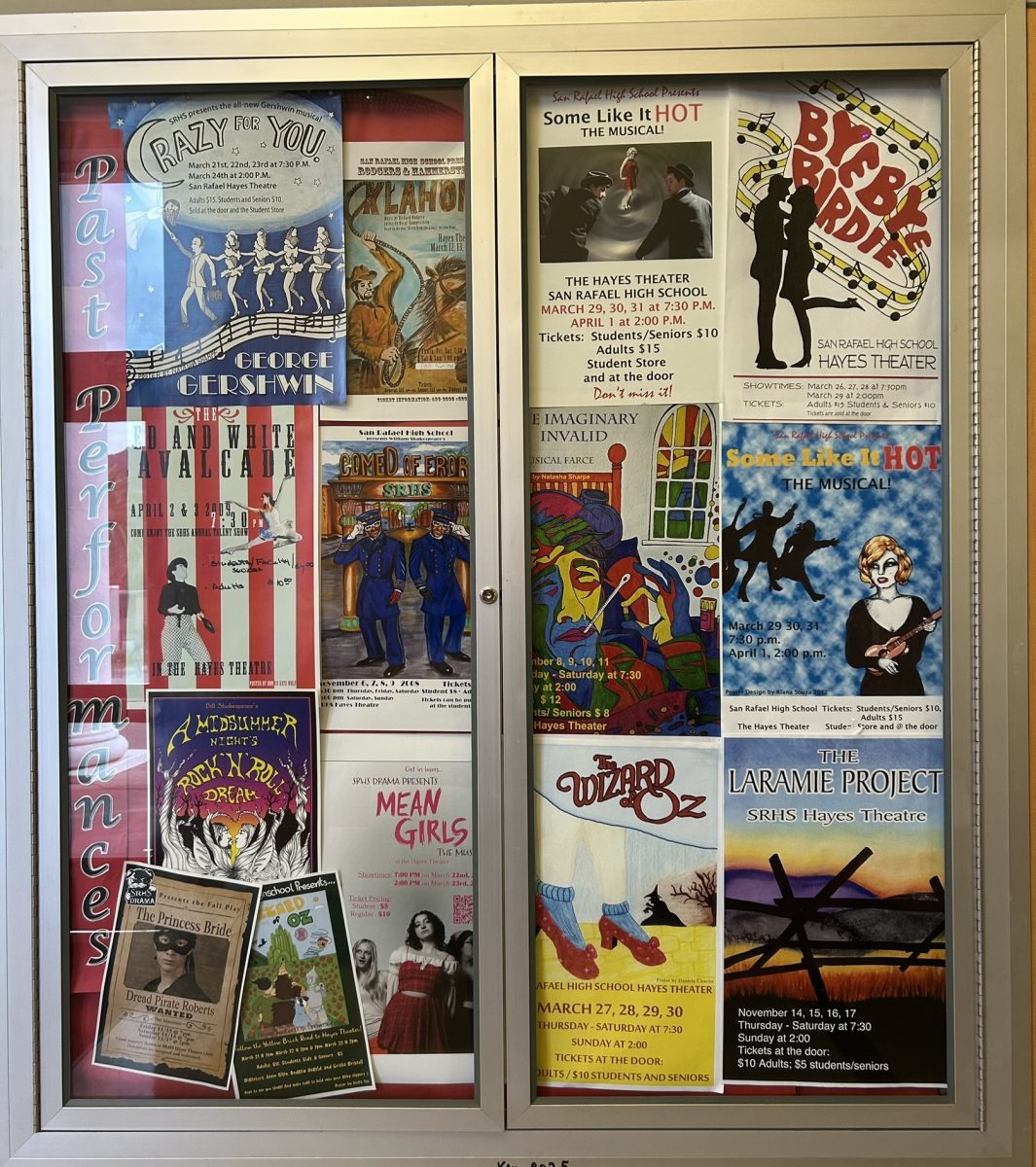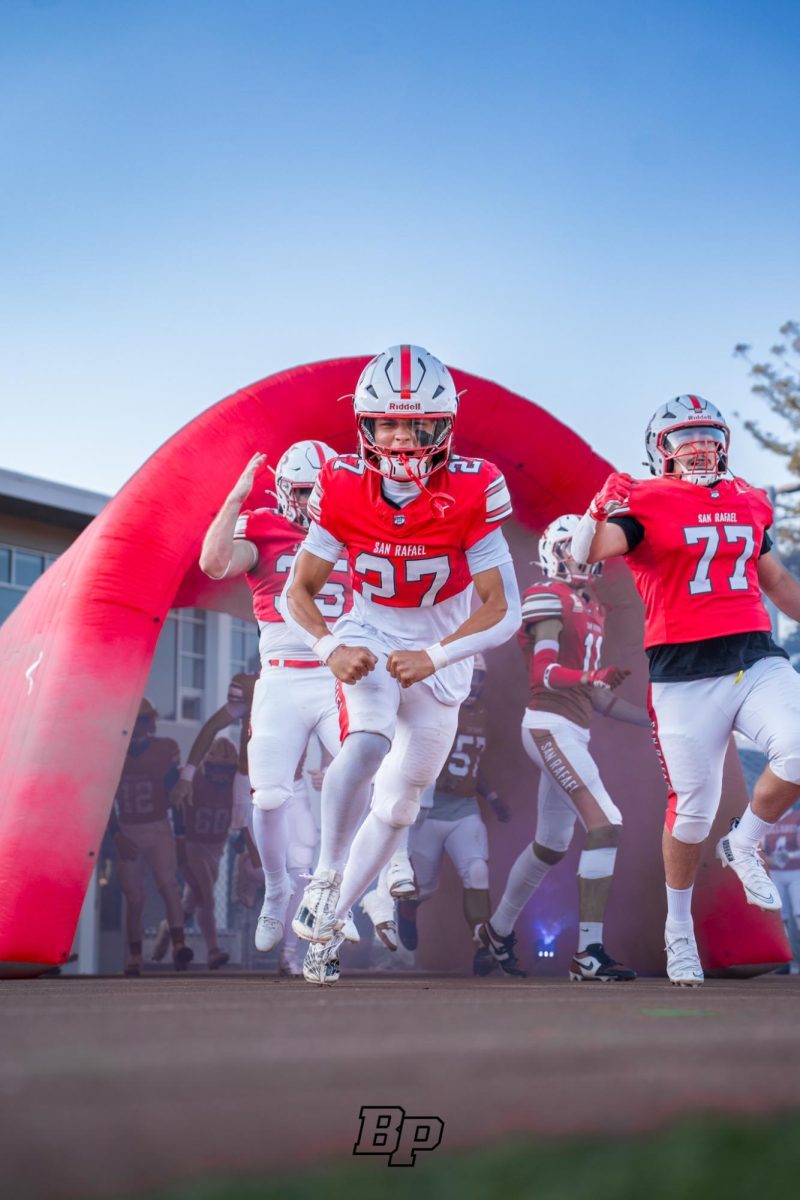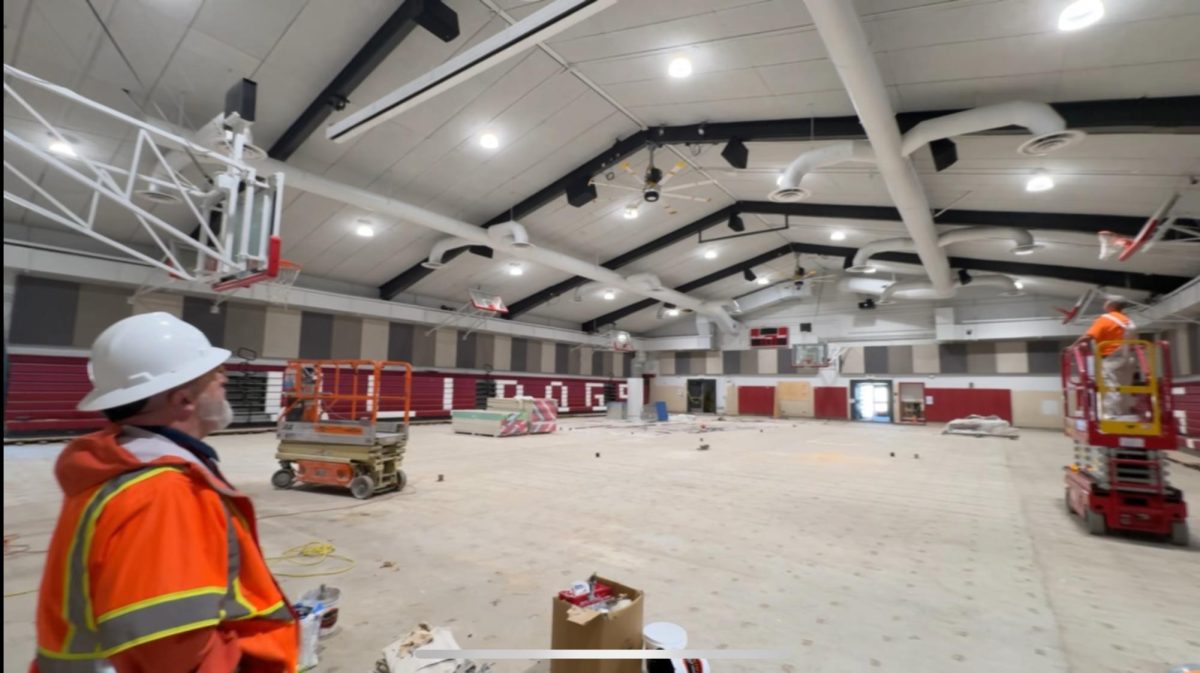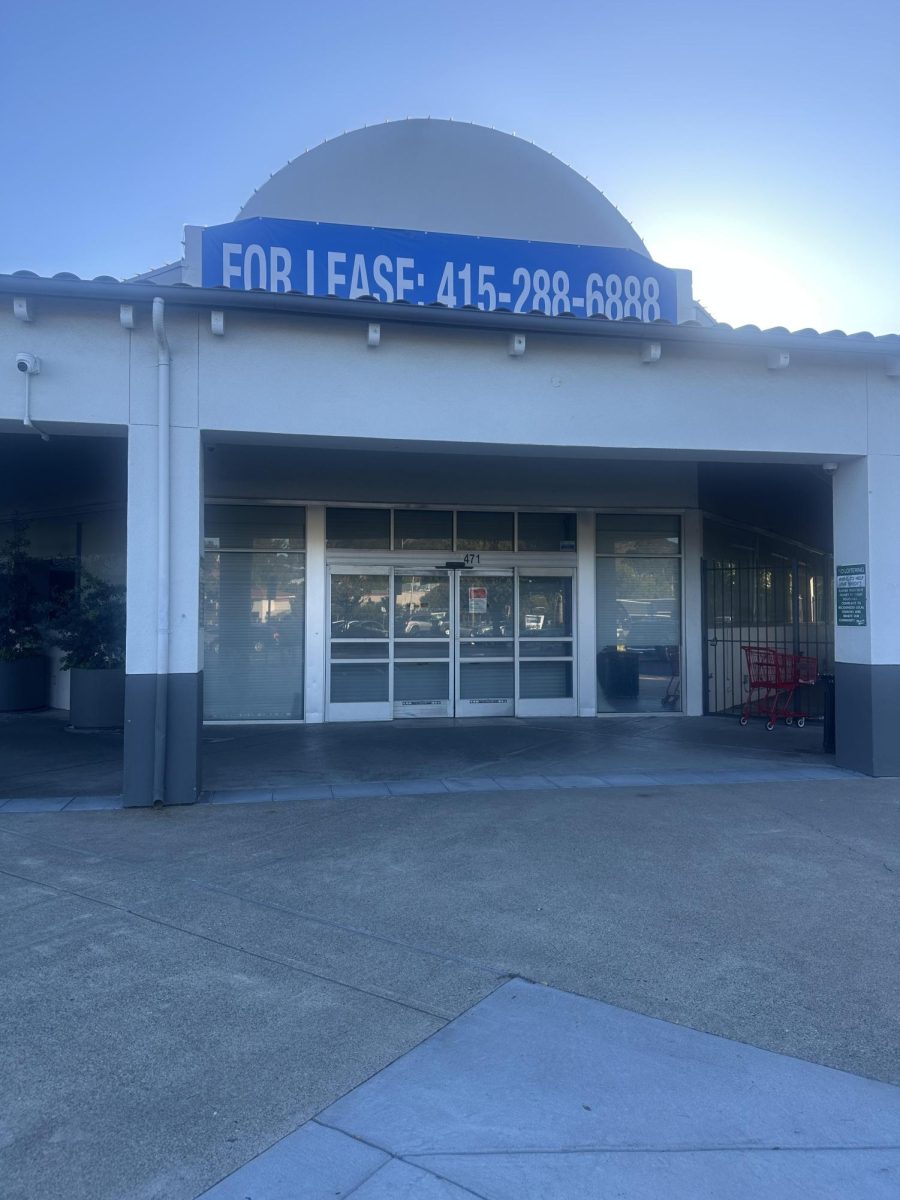When Mr. Dominguez joined SRHS in 2022, he noticed how hard it was for teachers to keep track of students. Students were always found wandering the hallways.
Originally, the school’s “bathroom policy” was whatever the teachers decided. Most teachers had a “20-20 rule” where students couldn’t go to the bathroom the first and last 20 minutes of class. For tutorials, students would grab a slip from the teacher they wanted to see. Students’ advisors would sign off the pass and students would go see the teacher they wanted to see. As easy going as this was, it left room for students to take advantage. So E-hallpass was adopted to document and reduce hallway movement and tardies.
Students and teachers already use Canvas and Aries for grades. They use I-Ready through the Clever platform for testing. They can receive messages through Remind and ParentSquare. They now have Minga, which replaced E-Hallpass and finally, they have to use RTI Scheduler for advisory. Students aren’t supposed to be on their phones but are required to use all these excessive apps for almost every activity at school. It doesn’t help that many students and SRHS staff come across WiFi or tech issues while trying to access these apps.
Students and teachers overall have mixed opinions about all the school apps needed at SRHS. There are some apps that are well liked and others that aren’t. However, the SRHS community can agree that there are too many apps required to survive a day at SRHS.
With E-hallpass, students had to sign out electronically to go to the bathroom, office, etc. Unless it was an emergency, students were only allowed out of the class for seven minutes at a time. It caused mixed opinions around SRHS with students hating it and teachers loving it.
“I think that we shouldn’t have a time limit,” says Lula Leopard, a junior at SRHS. A lot of students shared the same opinion, that having a time limit to use the bathroom is uncalled for. “Obviously there’s going to be kids that go walk around for 20 minutes, the teachers will know who those kids are and just not let them go to the bathroom,” Leopard adds. She believes that all students shouldn’t have a time limit for the bathroom just because of some students taking advantage of going to the bathroom.
However, teachers liked using E-hallpass as it’s more organized to keep track of students. “The program was set up in such a way that only one student can get a pass at a time…which meant that I didn’t have to keep track of who was next,” Mr. Chretien, a math teacher at SRHS says. E-hallpass took a lot of weight off teachers because they didn’t have to keep track of the order of students asking to go to the bathroom. It’s not ideal for teachers to constantly approve passes online, but it’s better than having students spend 20 minutes wandering school in their eyes.
As for RTI, students still got to choose which teacher they can go to during advisory, however now they have to sign up in advance. If students didn’t sign up, they would randomly get assigned to a class. Alexandra Clements, a senior peer tutor at SRHS, describes RTI as “more organized.” “We can know what kids are coming to get tutored and also know who’s failing their classes, we can get those people help quicker,” she says.
In August, students learned that a new app called Minga would be replacing E-hallpass for the 2024-25 school year. Minga has many of the same aspects of E-hallpass but also includes an announcement feature that still needs improvement on student engagement. “What I want to do is give ASB students access to post their own announcements on Minga and surveys and track spirit points,” says Dominguez. However, the community has expressed frustration as they try to navigate this new app.
It’s normal to have to go to the bathroom during class. In a common scenario, in September, a student in Mr. Plourde’s APES class logged into Minga and submitted a pass to get approved. They noticed that it had been a while and it still hadn’t been approved, so they verbally asked to go to the bathroom. When the student asked for an approval of a request through Minga, Plourde had enough. “I was having such a good day until you brought up Minga,” said Plourde to the student. Plourde has been teaching at SRHS for two years now and is clearly tired of adjusting to new apps. Other teachers share his sentiments.
Considering the amount of school apps, half of which aren’t used on a daily basis by the whole SRHS community, a question nags: Why are more apps being added? Principal Dominguez, in 2022, stated to the community that he wanted to observe how SRHS worked in that year.
“You would walk through the halls and you couldn’t tell who was on a hall pass and who wasn’t,” he says. The following school year, he implemented the new apps as a solution to what he saw as a problem. However, adding more apps has, in some ways, caused more confusion around SRHS.
Anthony Mena, a senior at SRHS suggests that instead of having multiple school apps to function at SR, we should only use one. He believes that going digital at SRHS is a good thing. “I do think moving to digital things is an upgrade,” he says. “It’s more organized. I think [the district] should be focusing on having one really good app. “It just makes everything easier than moving around a bunch of [them].”

